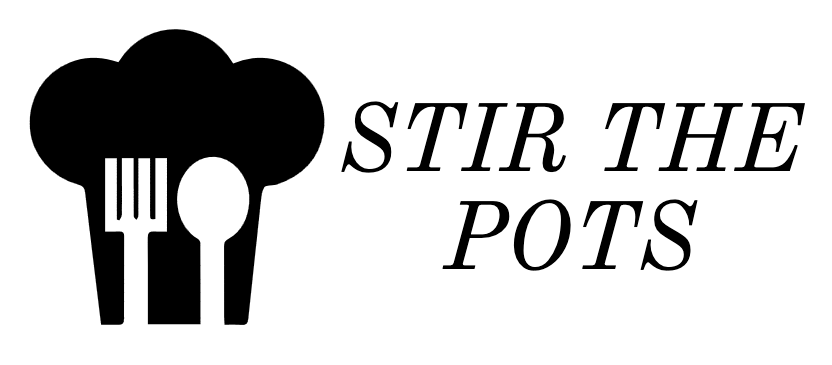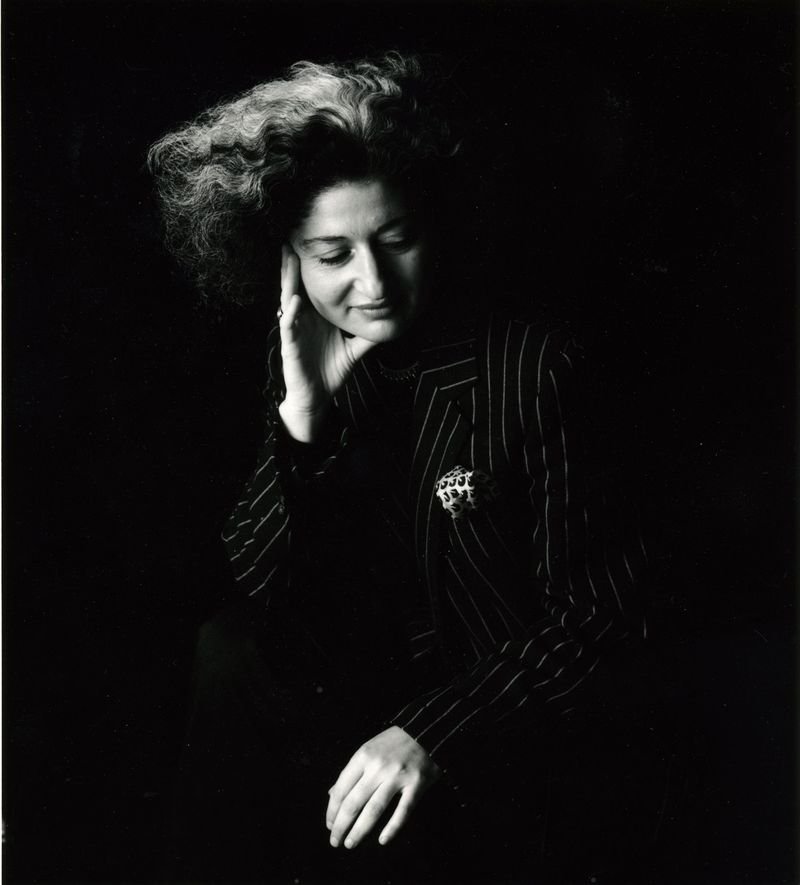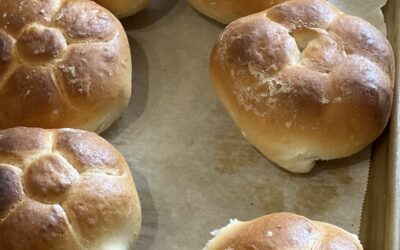Anissa Helou is a resource for food, middle east politics, and bread, nevermind a graceful human being. She kindly lent her time and voice to tell her story of middle eastern foods mysteries and flavors.
Jeremy: When did you start cooking?
Anissa: I was 16 when I first cooked my-then favorite dish; lubiyeh bil-zeyt (green beans in tomato sauce). I didn’t cook after that for a few years because I didn’t believe in being domesticated and then started cooking again when I was 21 or 22 but only for dinner parties.
Jeremy:What is the language of food and why has it become so important to write about it?
Anissa: For me food is culture and through its food, you get to know the people of a country, their social customs, traditions, etc. I also believe it is very important to record culinary traditions and recipes for future generations not to mention historians.
Jeremy: Food from the middle east, is it a mélange or does it have direct roots to the region?
Anissa: I am not sure mélange is the right word. It may be difficult to pinpoint the exact country or region a dish comes from but the variations point to the country to which the dish belongs. A simple example would be hommus which in Lebanon is made with chickpeas, tahini, lemon juice and garlic. In Syria it is made without garlic and when garlic and parsley are added, the hommus is called Beiruti while in Turkey, hommus is made by also adding olive oil to the mix as well as cumin and paprika.
Jeremy: Some say tabouleh is Lebanese. That falafel is Egyptian – what are the regional divisions in flavors, or styles since these particular dishes are so well known throughout the middle east and the world?
Anissa: Tabbuleh is in principle Lebanese and it varies according to region and family. I learned to make it with a little burghul, using allspice and cinnamon in the dressing. I then added my touch by using our Seven-spice mixture and reducing the lemon juice. Elsewhere people make it with no spice apart from black pepper. Some use more burghul than others, although never as much as western people do.
The Turkish equivalent of tabbuleh is kissir which is a predominantly a burghul salad and this may be at the root of the misinterpretation of tabbuleh in the west. As for falafel, in Egypt from where the dish originates, it is made with fava beans resulting in a softer texture whereas the Lebanese make it with a mixture of chickpeas and fava beans or only chickpeas resulting in crunchier falafel.
Jeremy: Are there symbols attached to food in the Middle East – for instance medieval virgin’s breasts… and what do they mean?
Anissa: A lot of sweets and savoury dishes have very evocative names. The meaning is usually because of what is used in the dish, such as laban emmoh meaning "the milk of its mother" because the lamb is cooked in yoghurt. Or because of the shape, such as "z’nud el-sitt" meaning "the wrists of a lady" because the sweet filo rolls filled with cream are thin like the wrists of a lady should be!
Jeremy: Bread is important as a tool in eating. What other symbols does it represent and why is it so important?
Anissa: Bread is literally the staff of life in the whole region, and an essential food. There isn’t a meal that is served without bread. In Lebanon and Syria, people eat with their hand and use pita to scoop or wrap the food. It is also sacred for both Muslims and Christians and if by chance bread falls on the floor, it is immediately picked up and Muslims ask forgiveness of the Lord for having desecrated it while Christians make the sign of the cross.
Jeremy:What are the differences between street and home-style food in the Middle East?
Anissa: Each type of street food is a specialty of the vendor; most often a man, who makes it day in day out either off or on the street. The same specialty can be made at home although some like ka’keh (sesame bread in the shape of a handbag – check my blog) are hardly ever attempted by homecooks who are on the whole women. And if street food is prepared at home, the ingredients used will be finer. One perfect example would be the Moroccan tagine, found on the street and in homes but when a tagine is made at home, saffron will be used instead of turmeric and many more variations will be prepared while on the street, it is often prepared with potatoes and peas using inferior cuts of meat.
Jeremy: Is food changing style wise in the Middle East?
Anissa: The whole region is steeped in tradition, and most dishes have not changed over the years. This said there is an emerging crop of youngsters, some professional chefs and others amateur foodies who are starting to look at their mothers’ and grandmothers’ dishes with a view to modernize them. This movement is still in its infancy although some countries (Turkey) are more advanced than others (Lebanone, Syria, Iran).
Jeremy: In your travels what do you look for when researching for a book, or do you just find new things and that gives you material to write about?
Anissa: I am always on the lookout for foods that are not familiar and of course I write about them as soon I find them but I am also interested in variations on familiar dishes and rediscoveries, trying to see foodstuffs being made the way I remember them from my childhood which happened recently in Gaziantep when I went to watch bastik (grape leather) being made after not having seen it prepared since my summers at my aunt in Mashta el-Helou in Syria.
Jeremy: What similarities or differences do you find in Western style cooking compared to the Middle East?
Anissa: Well, for one thing our food is all about sharing at the table whereas western style is all about individual servings. Then there is the different types of dishes with stews from the Middle East and North Africa being more fragrant and interesting than stews from around Europe. Our salads are also more interesting with fresh herbs used as main ingredients in Lebanon, Syria and Turkey whereas salads in Morocco often combine sweet with savory and can be dressed without a drop of olive oil.
Jeremy: A favorite savory dish of yours?
Anissa: Laban emmoh (lamb cooked in yoghurt flavoured with garlic and cilantro).
Jeremy: What do you like to cook, savory or sweet?
Anissa: Savory, on the whole.
Jeremy: How is London as a food city?
Anissa: Much better than when I got there or even 10 years ago but still way behind SF, Paris or Rome or even NYC, particularly from a food shopping point of view.
Jeremy: Where have you been lately to travel?
Anissa: In the last 3 months I have been to Beirut, the bay area, Texas, LA, Doha, Paris and Perugia and I will be spending new year by the sea near Livorno.
Jeremy: Next book?
Anissa: Levant, with recipes from Lebanon, Syria, Turkey and Iran which is published by HarperCollins UK in mid 2013
Jeremy: Why do people talk about food so much?
Anissa:Because it is a great unifier, and equalizer, not to mention the pleasures that a conversation about food evokes!
Jeremy: Who influences you, in cooking and life?
Anissa: My great friend Anne-Marie in Paris was a great influence on my western style cooking and my mother for Lebanese. Also a friend’s cook in Tangiers who taught me a lot about Moroccan food. Not to mention the many cooks I have met on the streets of Mediterranean countries, from whom I also learned a lot. As for life, Simone de Beauvoir and Camus were great influences when I was a teenager whereas now, I watch many more films than I read books – with directors like Kieslowski and Tarkovsky being particular heroes. And I have food heroes (blogged about some recently) whose books I admire greatly: Nevin Halici, Zette Guinaudeau Franc, Diana Farr Louis, Alan Davidson, Harold McGee, Fuchsia Dunlop, Arabella Boxer, Mme St Ange to name but a few.






*wonderful* interview – thank you!
:^) breadsong
Great interview! Thanks for sharing!